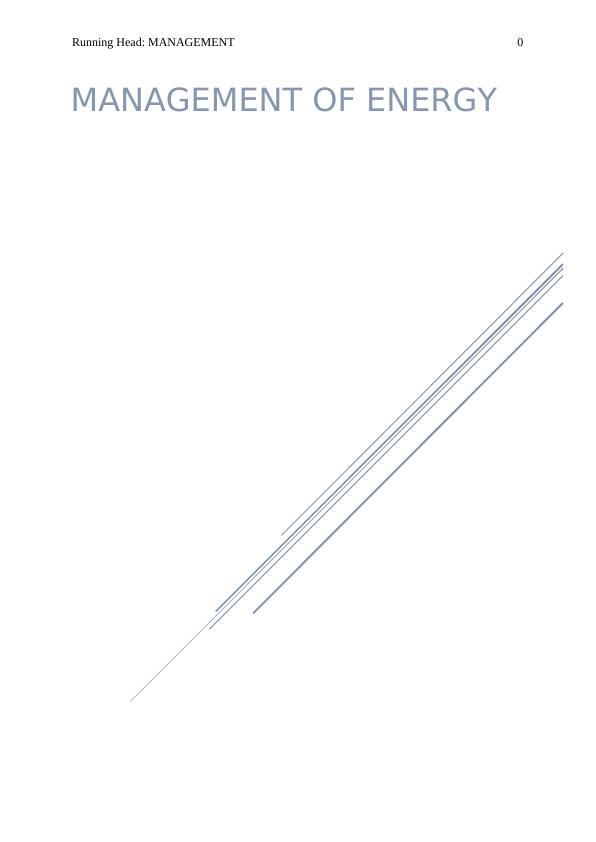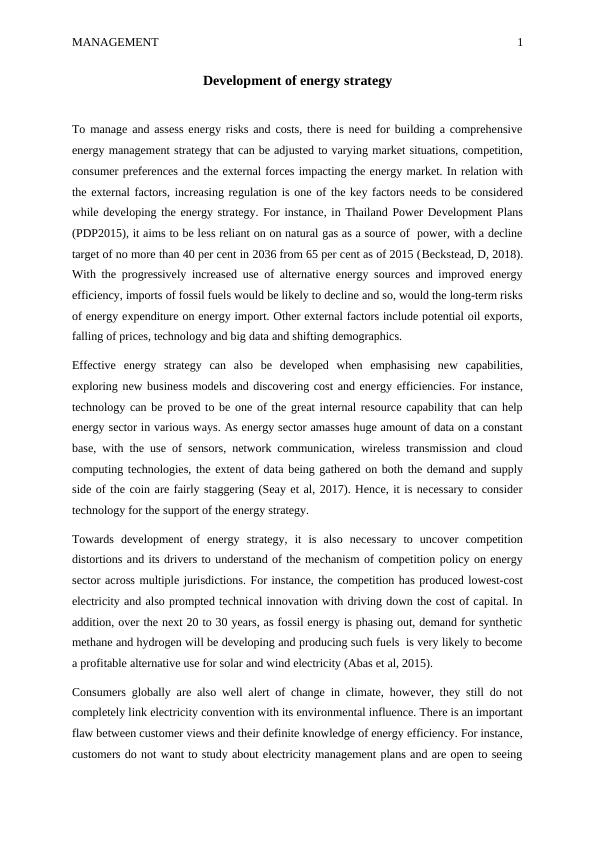Development of Energy Strategy
Added on 2022-08-19
5 Pages736 Words17 Views
End of preview
Want to access all the pages? Upload your documents or become a member.
Unit 44 - Industrial Power, Electronics and Storage
|9
|3716
|62
Benefits of Solar Energy to Reduce Oil Dependency and Enhance Environmental Sustainability
|7
|1485
|258
Sustainable Land Management
|7
|1541
|245
Procurement Management in the Electricity Industry
|24
|6204
|80
Toyota Hybrid Car Industry
|9
|2681
|92
Challenges of Energy Transition Away from Fossil Fuels
|9
|2926
|62


